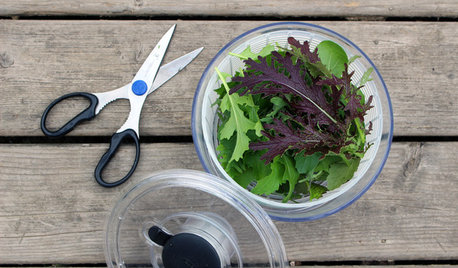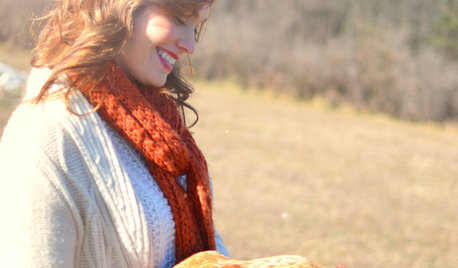need help with new raised beds
coeng
12 years ago
Featured Answer
Sort by:Oldest
Comments (39)
barnhardt9999
12 years agotoxcrusadr
12 years agoRelated Professionals
New Bedford Landscape Architects & Landscape Designers · Benbrook Landscape Architects & Landscape Designers · Norton Shores Landscape Architects & Landscape Designers · Bethlehem Landscape Contractors · Lakeland Landscape Contractors · Dudley Landscape Contractors · Fort Myers Landscape Contractors · Hampton Bays Landscape Contractors · Lake Saint Louis Landscape Contractors · Melrose Park Landscape Contractors · Painesville Landscape Contractors · Tewksbury Landscape Contractors · Alexandria Decks, Patios & Outdoor Enclosures · Salisbury Decks, Patios & Outdoor Enclosures · Santa Monica Decks, Patios & Outdoor Enclosuresgardengal48 (PNW Z8/9)
12 years agocoeng
12 years agocoeng
12 years agocoeng
12 years agodarth_weeder
12 years agotoxcrusadr
12 years agonancyjane_gardener
12 years agocoeng
12 years agoHIWTHI
12 years agoMolex 7a NYC
12 years agocoeng
12 years agomustard_seeds
12 years agocoeng
12 years agocoeng
12 years agojonhughes
12 years agocoeng
12 years agodarth_weeder
12 years agodarth_weeder
12 years agocoeng
12 years agocoachgrumpy
12 years agojonhughes
12 years agomaggiemuffin360
12 years agoscotty66
12 years agoHIWTHI
12 years agotoxcrusadr
12 years agocoeng
12 years agojolj
12 years agoscotty66
12 years agoemmers_m
12 years agoart_1
12 years agocoeng
12 years agocoeng
12 years agoscotty66
12 years agocoeng
11 years agoallen456
11 years agoharveyhorses
11 years ago
Related Stories

REMODELING GUIDESKey Measurements for a Dream Bedroom
Learn the dimensions that will help your bed, nightstands and other furnishings fit neatly and comfortably in the space
Full Story
FARM YOUR YARDHow to Build a Raised Bed for Your Veggies and Plants
Whether you’re farming your parking strip or beautifying your backyard, a planting box you make yourself can come in mighty handy
Full Story
GARDENING GUIDES8 Materials for Raised Garden Beds
Get the dirt on classic and new options for raised vegetable and plant beds, to get the most from your year-round garden
Full Story
GARDENING AND LANDSCAPINGBuild a Raised Bed to Elevate Your Garden
A bounty of homegrown vegetables is easier than you think with a DIY raised garden bed to house just the right mix of soils
Full Story
SPRING GARDENINGInspiring Raised Beds for Fall and Spring Planting
Make Your Next Vegetable Garden Even Better with Beautiful Boxes and Paths
Full Story
FARM YOUR YARDThe 8 Tools That Help Bring the Farm to Your Table
Vegetable gardeners get a big assist from these essential helpers
Full Story
ORGANIZINGDo It for the Kids! A Few Routines Help a Home Run More Smoothly
Not a Naturally Organized person? These tips can help you tackle the onslaught of papers, meals, laundry — and even help you find your keys
Full Story
LIFEDecluttering — How to Get the Help You Need
Don't worry if you can't shed stuff and organize alone; help is at your disposal
Full Story
GARDENING AND LANDSCAPINGRaise Backyard Chickens Without Ruffling Neighbors' Feathers
Before you build a coop in the backyard, follow these strategies to help keep your neighbors from squawking
Full Story
PETS6 Ways to Help Your Dog and Landscape Play Nicely Together
Keep your prized plantings intact and your dog happy too, with this wisdom from an expert gardener and dog guardian
Full Story







jonhughes